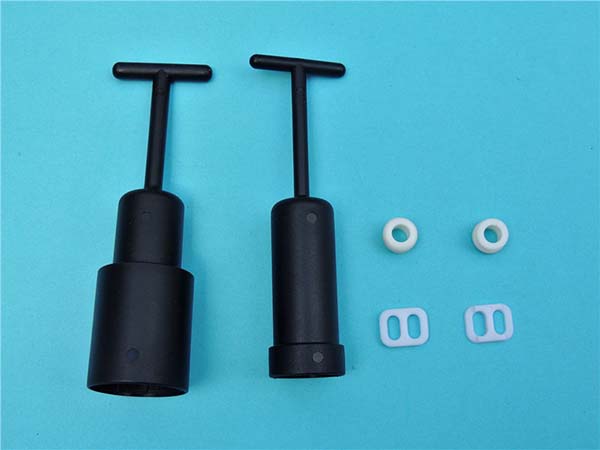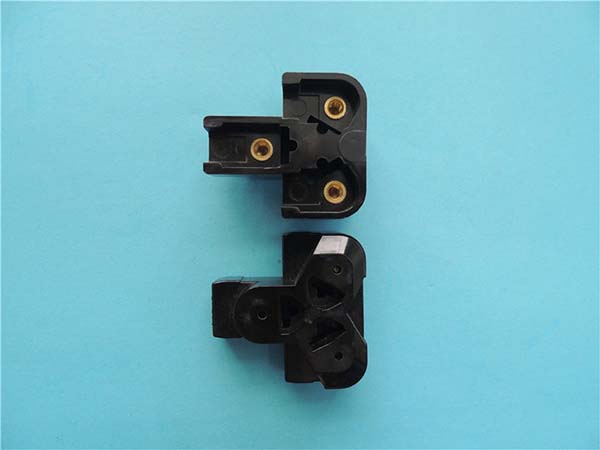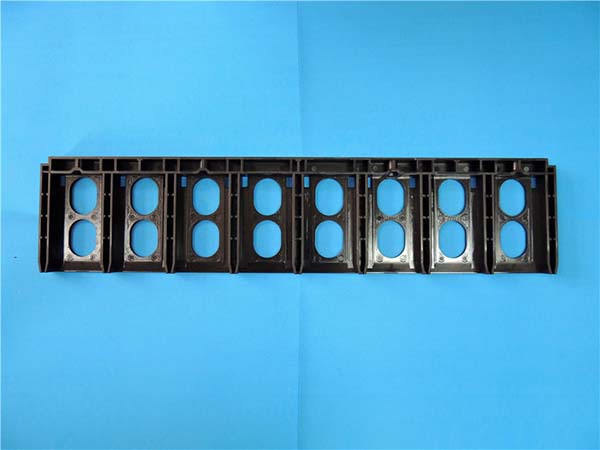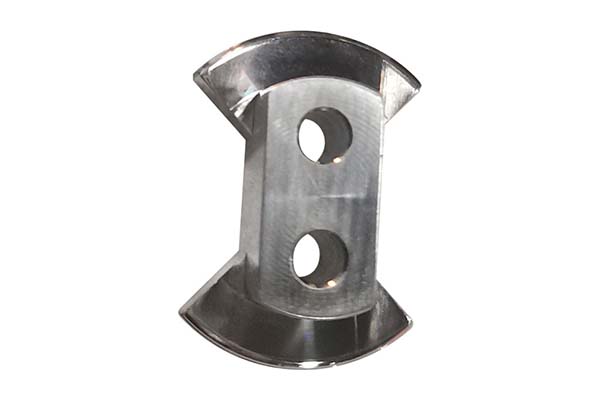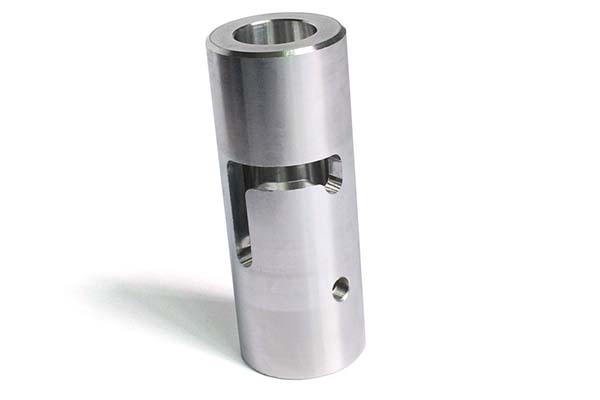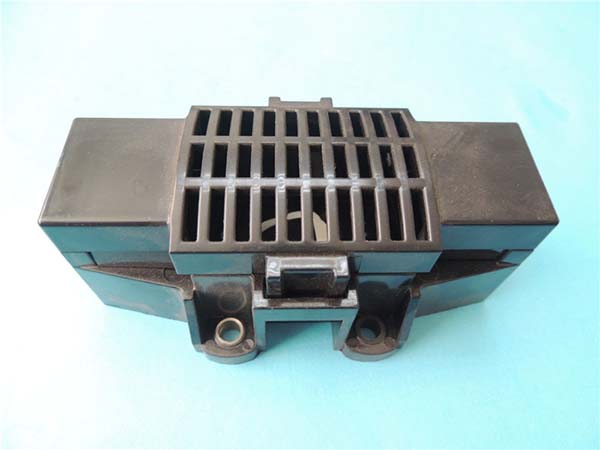What Exactly is Rapid Manufacturing Technology?
Rapid Manufacturing Technology (RMT), also known as Additive Manufacturing or 3D printing in some contexts, is an advanced production approach that combines digital design with manufacturing techniques. It enables the quick transformation of digital 3D models into physical objects.
Unlike traditional manufacturing methods such as subtractive manufacturing (where material is removed from a larger block) or formative manufacturing (like casting and forging), RMT builds objects layer by layer. This is achieved by depositing materials, such as plastics, metals, ceramics, or composites, based on the digital instructions from the 3D model. For example, in a fused deposition modeling (FDM) 3D printer, which is a common form of RMT equipment, a thermoplastic filament is melted and extruded layer by layer to create the desired shape.
The process starts with the creation or acquisition of a 3D model. This can be designed using computer - aided design (CAD) software, scanned from an existing object using 3D scanning technology, or obtained from online repositories. Once the 3D model is ready, it is sliced into thin cross - sectional layers by specialized software. Each layer represents a cross - section of the final object, and the thickness of these layers can range from as thin as 0.01 mm to a few millimeters depending on the requirements and the capabilities of the RMT equipment. Then, the RMT machine reads the sliced data and begins the layer - by - layer construction, gradually building up the object until it is complete.
The Core Components of Rapid Manufacturing Technology
Digital Design Tools
Digital design tools are the foundation of rapid manufacturing. Computer - Aided Design (CAD) software is widely used. For example, AutoCAD, SolidWorks, and CATIA are popular choices among engineers. These tools allow for the creation of highly detailed 3D models with precise dimensions. With CAD, engineers can design complex geometries, perform virtual assemblies, and conduct interference checks before manufacturing.
Computer - Aided Engineering (CAE) software complements CAD. It enables the simulation of product performance under different conditions, such as stress analysis, fluid flow analysis, and thermal analysis. For instance, ANSYS is a well - known CAE software. By using CAE, engineers can optimize the design, predict potential failures, and make informed decisions to improve the product's quality and functionality, all before the physical manufacturing process begins.
Additive Manufacturing Processes
The most prominent additive manufacturing process is 3D printing. There are several types of 3D printing technologies, each with its own characteristics.
- Fused Deposition Modeling (FDM): This is one of the most common 3D printing methods. It uses a thermoplastic filament, such as PLA (Polylactic Acid) or ABS (Acrylonitrile Butadiene Styrene). The filament is melted and extruded through a nozzle, layer by layer, to build the object. FDM is popular for its low cost, ease of use, and wide availability of materials. It is often used for creating prototypes, simple jigs, and fixtures.
- Stereolithography (SLA): SLA uses a photosensitive resin. A laser beam traces the cross - section of each layer onto the liquid resin, curing it and solidifying the layer. This process offers high precision and smooth surface finishes, making it suitable for applications such as jewelry making, dental models, and high - detail prototypes.
- Selective Laser Sintering (SLS): SLS works with powdered materials, like nylon, metal powders, or ceramic powders. A high - power laser sinters (fuses) the powder particles together layer by layer. It can produce strong and durable parts, and is commonly used in the automotive and aerospace industries for manufacturing functional components.
Compared to traditional manufacturing processes like injection molding or machining, additive manufacturing has several advantages. It can create complex geometries that are difficult or impossible to achieve with traditional methods. For example, lattice structures for lightweight components can be easily fabricated using 3D printing. Additionally, additive manufacturing reduces material waste since it only uses the amount of material necessary for the object, while traditional subtractive manufacturing often results in significant material removal.
Material Innovation
In rapid manufacturing, a wide range of materials are used, and material innovation is constantly expanding the possibilities. High - performance plastics such as PEEK (Polyether Ether Ketone) are becoming increasingly popular. PEEK has excellent mechanical properties, high temperature resistance, and chemical resistance. It is used in applications where durability and performance are crucial, such as aerospace components and medical implants.
Metal alloys are also extensively used in rapid manufacturing, especially in industries like aerospace and automotive. For example, titanium alloys are favored for their high strength - to - weight ratio, corrosion resistance, and biocompatibility. Aluminum alloys are popular due to their low density and good thermal conductivity, making them suitable for applications where heat dissipation is important, such as in electronic devices and automotive engines.
The choice of material directly impacts the performance of the final product. Different materials have different mechanical properties, such as tensile strength, impact resistance, and hardness. For example, a product that requires high strength and toughness may be made from a metal alloy, while a product that needs flexibility and chemical resistance may be better suited for a high - performance plastic.
Real - World Applications of Rapid Manufacturing Technology
Rapid Manufacturing Technology has found extensive applications across various industries, revolutionizing the way products are designed, developed, and produced.
Automotive Industry
Automotive manufacturers are increasingly leveraging RMT for a multitude of purposes. In the design phase, RMT enables the rapid creation of prototypes. For example, Rivian, an electric vehicle manufacturer, uses advanced 3D printing and digital design tools to quickly turn their vehicle design concepts into physical prototypes. This allows engineers to test and validate design ideas much faster than traditional methods. It used to take weeks or even months to build a physical prototype using traditional manufacturing processes. With RMT, this time can be reduced to a few days or even hours, significantly accelerating the design iteration process.
In terms of custom 零部件 production, RMT is a game - changer. Custom - made parts for high - end or specialty vehicles can be produced on - demand. For instance, a luxury car brand might use RMT to create unique interior components or exterior accents for limited - edition models. These custom parts can be designed to fit perfectly and meet the exact specifications of the vehicle, enhancing both the aesthetics and functionality. This not only reduces inventory costs associated with storing large quantities of pre - made parts but also allows for greater flexibility in design and production.
Healthcare Sector
In the healthcare sector, RMT has made a significant impact. One of the most prominent applications is in the production of 定制假肢. Traditional prosthetics often have a one - size - fits - most approach, which may not provide the best fit or functionality for every patient. With RMT, prosthetics can be custom - designed based on the patient's unique anatomy. A 3D scan of the patient's residual limb is taken, and a digital model is created. This model is then used to 3D - print a prosthetic that precisely matches the shape of the limb, improving comfort and usability. Studies have shown that patients using custom - printed prosthetics experience a higher level of satisfaction and are able to perform daily activities more easily compared to those using traditional prosthetics.
Surgical guide plate are another area where RMT is widely used. Before complex surgeries, surgeons can use RMT to create surgical guides that are tailored to the patient's specific anatomy. These guides help surgeons to make more accurate incisions, place implants more precisely, and reduce the risk of complications. For example, in orthopedic surgeries, 3D - printed surgical guides can assist in the accurate placement of hip or knee implants, leading to better surgical outcomes and faster patient recovery times.
Aerospace Field
Aerospace companies are using RMT to manufacture lightweight and high - performance components. The aerospace industry has strict requirements for materials and component design, as any failure can have catastrophic consequences. RMT allows for the production of complex geometries that are optimized for weight and strength. For example, aircraft engine manufacturers use RMT to produce turbine blades with intricate internal cooling channels. These channels can be designed and printed in a way that is impossible with traditional manufacturing methods, improving the efficiency of the engine by better managing heat dissipation.
Another example is the use of RMT in the production of satellite components. Satellites need to be as lightweight as possible to reduce launch costs. RMT enables the creation of lightweight yet strong structures using advanced materials such as titanium alloys. These components can be customized for the specific requirements of each satellite mission, ensuring optimal performance in space.
Yigu Technology's Perspective
As a non - standard plastic and metal products custom supplier, Yigu Technology highly values the role of Rapid Manufacturing Technology. This technology has opened up more possibilities for customized production. It allows us to meet the diverse needs of our customers more effectively. For example, when a customer requests a unique plastic component with complex internal structures, RMT enables us to directly produce it according to the digital design, without the need for complex and time - consuming traditional mold - making processes.
Moreover, RMT significantly shortens the delivery cycle. In the past, producing custom - made products might take weeks due to the long - drawn - out production processes. Now, with RMT, we can often complete the production within a few days, greatly improving customer satisfaction. Also, through precise digital control in RMT, we can ensure the high - quality of products. The dimensional accuracy and surface finish of the products can be well - controlled.
In terms of material selection and process optimization, Yigu Technology will continuously explore. We are committed to finding the most suitable materials and processes to better utilize RMT, providing our customers with more excellent customized products.
FAQ
What types of materials can be used in rapid manufacturing technology?
Common materials for rapid manufacturing include plastics like PLA, ABS, and PEEK. PLA is often used for general - purpose prototyping due to its ease of use and biodegradability. ABS is more durable and suitable for functional prototypes. PEEK, with its high - performance properties, is used in aerospace and medical applications.
Metals such as titanium alloys, aluminum alloys, and stainless steel are also utilized. Titanium alloys are popular in aerospace for their high strength - to - weight ratio, while aluminum alloys are used in automotive and electronics for their heat - dissipation and lightweight characteristics.
Ceramics can be used in applications that require high - temperature resistance and chemical stability, like in the production of certain industrial components or dental restorations.
Is rapid manufacturing technology suitable for large - scale production?
Rapid manufacturing technology has both advantages and limitations in large - scale production. Its advantage lies in its flexibility. It can quickly produce small batches of customized products without the need for expensive tooling or long - lead - time setup, which is beneficial for products with low - volume but high - variety demands, such as some high - end luxury goods or specialized medical devices. However, compared to traditional mass - production methods like injection molding or stamping, the production speed of rapid manufacturing is generally slower, and the cost per unit may be higher for high - volume production. But in some cases where the product has complex geometries and frequent design changes, rapid manufacturing can be integrated into the large - scale production process, for example, by producing molds or fixtures quickly.
How does rapid manufacturing technology ensure product quality?
In rapid manufacturing, product quality is ensured through several means. First, during the process, real - time monitoring systems are often employed. For example, in some 3D printing processes, sensors can monitor parameters such as temperature, extrusion rate, and layer thickness. Any deviation from the set values can be detected and corrected immediately.
Second, quality inspection technologies are used. Non - destructive testing methods like X - ray inspection can be applied to check for internal defects in the printed parts. Dimensional inspection using coordinate measuring machines (CMMs) can ensure that the final product meets the required specifications in terms of size and shape accuracy. Additionally, strict quality control in material sourcing also contributes to product quality, as high - quality raw materials are the basis for producing high - quality products.
